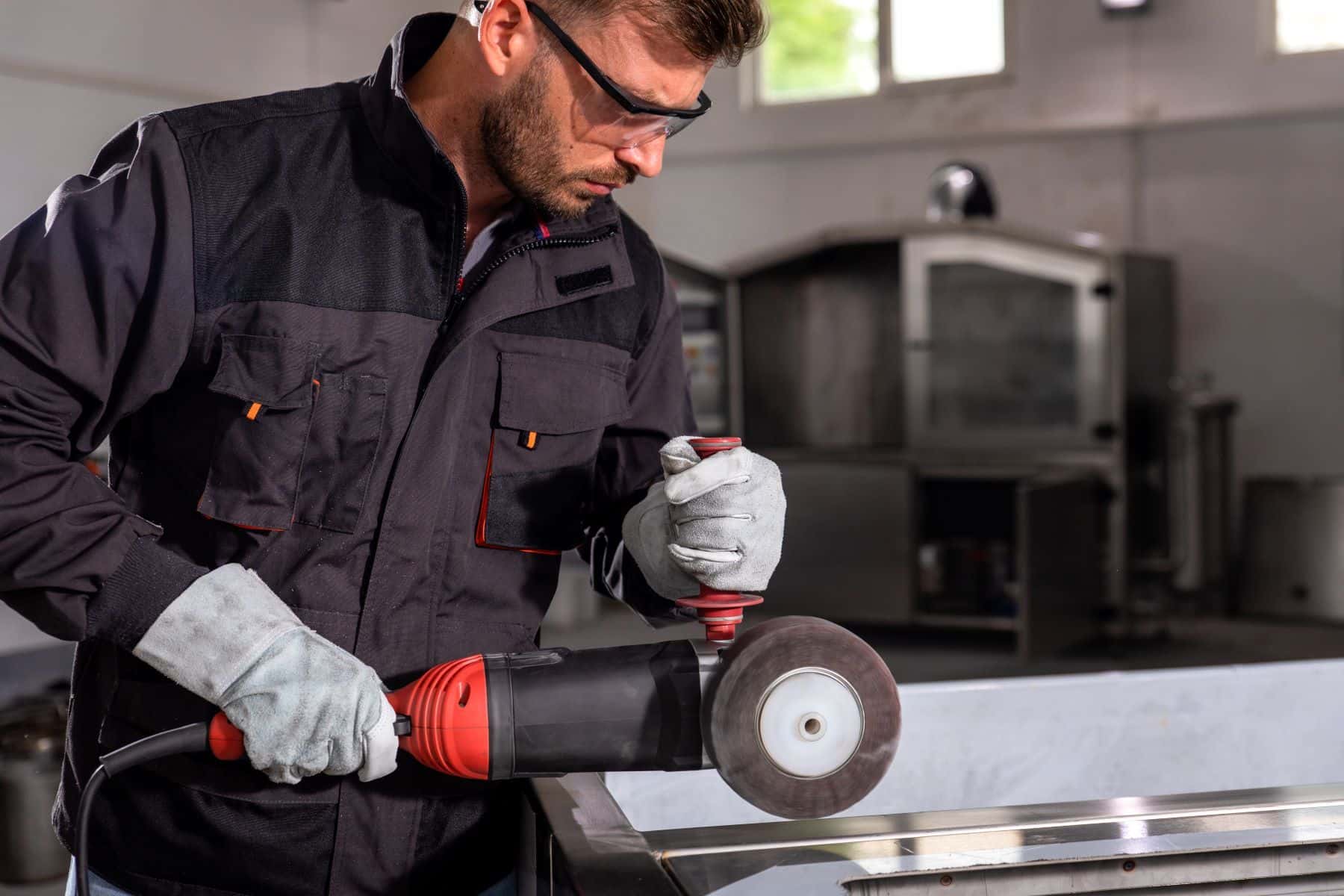Alleged Inadequacy of Warning Labels on Cutting Blades in Angle Grinders
This case study examines an incident where an individual was severely injured by a fragment of a grinding blade from an angle grinder, with allegations that the blade lacked sufficient warnings.
Updated on
Case Overview
This case study delves into an incident involving an individual who sustained a severe injury while operating a 4.5-inch angle grinder. A piece of the grinding blade broke off during use, striking the user's protective goggles and penetrating their eye before lodging in their skull.
The central contention is that the cutting blade lacked adequate warnings to inform users about potential risks associated with its operation. The plaintiff's legal team sought an expert in evaluating warning labels on cutting blades to ascertain if the label was sufficient for the product's advertised use.
Questions to the Human Factors expert and their responses
How frequently do you evaluate warning labels, specifically for cutting blades used in angle grinders or similar products?
With over three decades of experience in human factors, I regularly handle cases involving warning labels. My evaluations typically extend beyond warnings to include design mitigations as well. It's challenging to rely solely on warnings; hence it's crucial to build a robust case encompassing design deficiencies, lack of safeguards, and warnings.
What factors would you consider to determine whether the warning label on the subject cutting blade was adequate for the product to be used as advertised?
I would scrutinize various aspects of the warning label. This includes its location, visibility, and whether it creates a forcing function - meaning you can't use the blade until you remove the label. Then I'd assess the label design itself. Does it feature an icon? A trigger word? Is there a clear risk indicated? Does it explicitly state the hazard and how to avoid it? Overall, would it be understandable and impactful?
Have you ever reviewed a similar case and/or provided testimony in California?
Yes, I have worked on numerous cases involving saw blades and blades in general. I routinely provide testimony in California cases, being based in the San Francisco Bay area.
About the expert
This expert boasts over 30 years of experience in the field of human factors, with a strong academic background in experimental and cognitive psychology, as well as human factors and ergonomics. They are a certified professional ergonomist and an active member of several prestigious professional organizations. Currently serving as an adjunct professor of industrial engineering and psychology at a university and the director of a human factors consulting firm, they have previously held significant roles in various research institutions and founded Interface Analysis Associates. Their expertise is further underscored by their five patents and contributions to multiple journals as a reviewer.

E-217272
Specialties:
Subscribe to our newsletter
Join our newsletter to stay up to date on legal news, insights and product updates from Expert Institute.
Sign up nowFind an expert witness near you
What State is your case in?
Subscribe to our newsletter
Join our newsletter to stay up to date on legal news, insights and product updates from Expert Institute.


